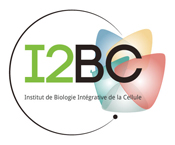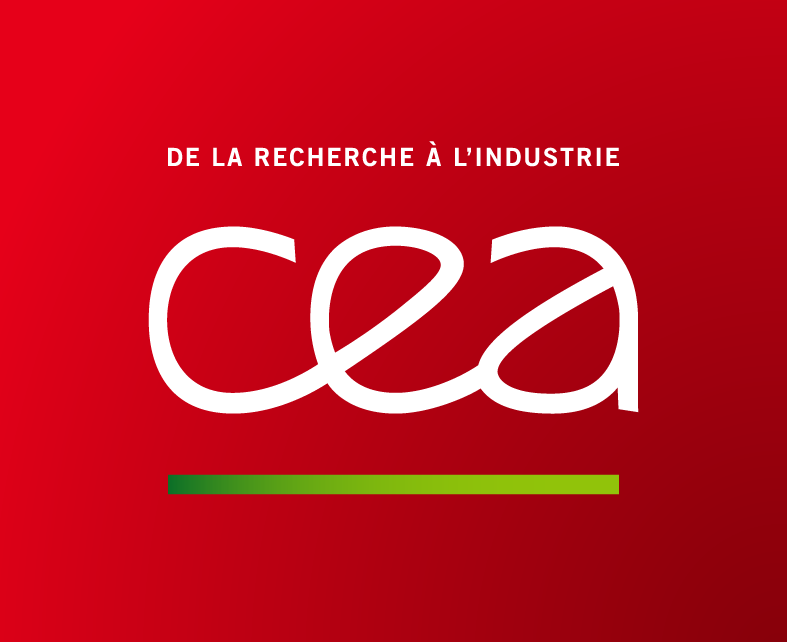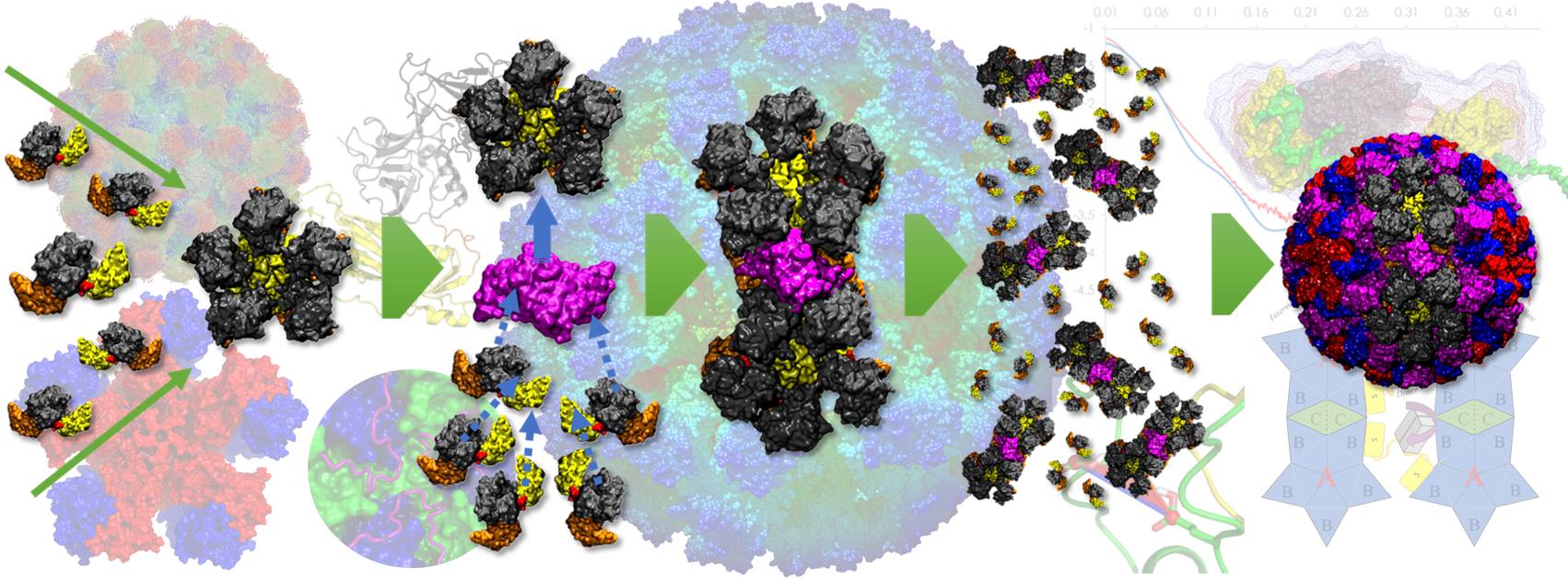Norovirus Capsid Assembly
During my PhD, under the guidance of Dr. Stephane Bressanelli and Dr. Yves Boulard, I tried to better understand the Norovirus Capsid Assembly. My PhD lab is the newly created Institute for Integrative Biology of the Cell (I2BC). I was located at the CEA (Commissariat à l’énergie atomique et aux énergies alternatives) Institute of Biology and Technology Saclay (iBiTec-S) since iBiTec-S houses part of the I2BC Department of Biochemistry, Biophysics and Structural Biology for the time being.
Aim of this project:
This project aims to better understand the Norovirus Capsid Assembly. The Norovirus Capsid is formed by 180 copies of one protein : VP1. It is a quite simple system, but in-vivo, the capsid is very efficient to assemble and disassemble itself. However, experimentally, the capsid transit from a non-stable state: while the capsid should have been destroyed, it manages to form properly.
My project is to use Molecular Dynamics methods to understand what happens during this transition state and how the norovirus capsid manage to assemble itself.
Applications:
Noroviruses are very resilient and biodisponible viruses. They are gastroenteritis viruses transmitted by the fecal-oral route, so they are transmitted by ingestion. Understanding their assembly mechanisms may allow development of new antivirals. Furthermore, their capsids can envelop more than RNA, so a better understanding of the Norovirus Capsid Assembly can be very useful for drug delivery.
This PhD Project is financed by the Ile-de-France under the Field of Interest Major « Human Infectious Diseases: Mechanisms, Risks and societal impact » (Pathologies infectieuses humaines : mécanismes, risques et impact sociétal)



Thesis
You can find my Thesis (in french) online at https://tel.archives-ouvertes.fr/tel-01773889/document. Some figures are accessible in the gallery section with an English caption.
Talk and presentation
I present this thesis project at different places with different format :
- CEA PhD Student days (Saclay, France – May 2015)
Poster - Molecular Modelling workshop, Maison de la simulation (Saclay, France – May 2015)
Oral communication - GGMM – Graphics Group and Molecular Modelling (Sète, France – May 2015)
Poster - DSV PhD Students annual meeting (Porquerolles, France – October 2015)
Oral communication + Poster - Molecular Modelling workshop (Orsay, France – April 2016)
Oral communication - Research Group (GDR) on Membrane Protein (La-Londe-Les-Maures, France – April 2016)
Oral communication - CEA PhD Student days (Saclay, France – May 2016)
Poster - Doctoral School day – « My thesis in 180s » (Châtenay-Malabry, France – June 2016)
Oral communication - International Society of Quantum Biology and Pharmacology (ISQBP) (Bergen, Norway – June 2016)
Oral Communication - GTBIO -Structural Biology meets Biophysics (Obernai, France, December 2016)
Oral communication + Poster - Molecular Modelling workshop (Evry, France – April 2017)
Oral communication - Research Group (GDR) on Membrane Protein (Porquerolles, France, May 2017)
Oral communication - GGMM – Graphics Group and Molecular Modelling (Sète, France – May 2017)
Oral communication
Pictures and animations
Videos here are videos presented during my PhD Defense.
- This is a video of an assembly hypothesis of the norovirus capsid assembly
- This video is an update of the first « capsid description ». It was made for « My thesis in 180s – Doctoral School edition ».
- This is a video of a supplementary figure of one of my article (see https://doi.org/10.1371/journal.pone.0182056)
- This videos was created for a talk on the maison de la simulation of Saclay on a « image wall (8K – 3D – 4.3m on 2.3 : http://www.maisondelasimulation.fr/Visualisation.php). It aims to have a better view and comprehension of the Norovirsus Capsid.
